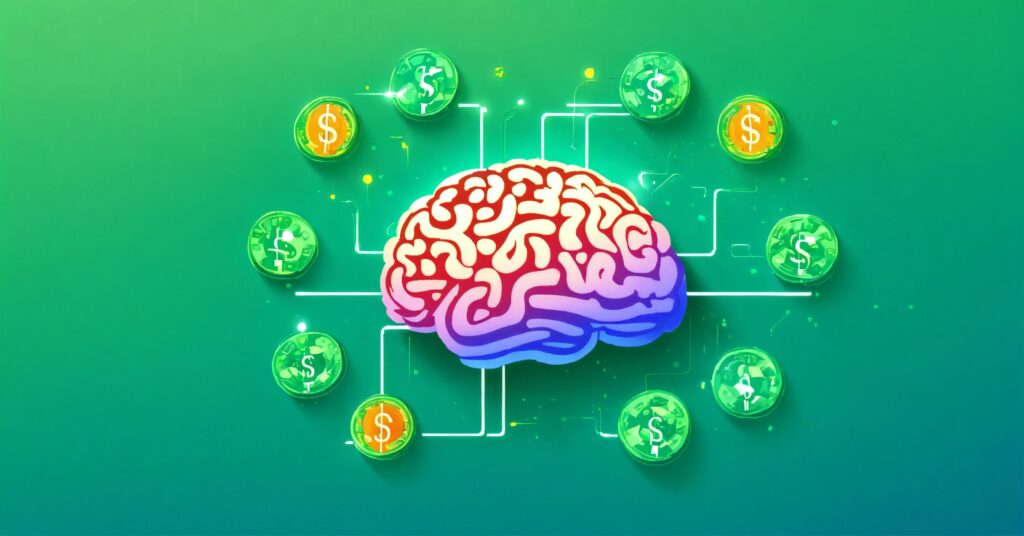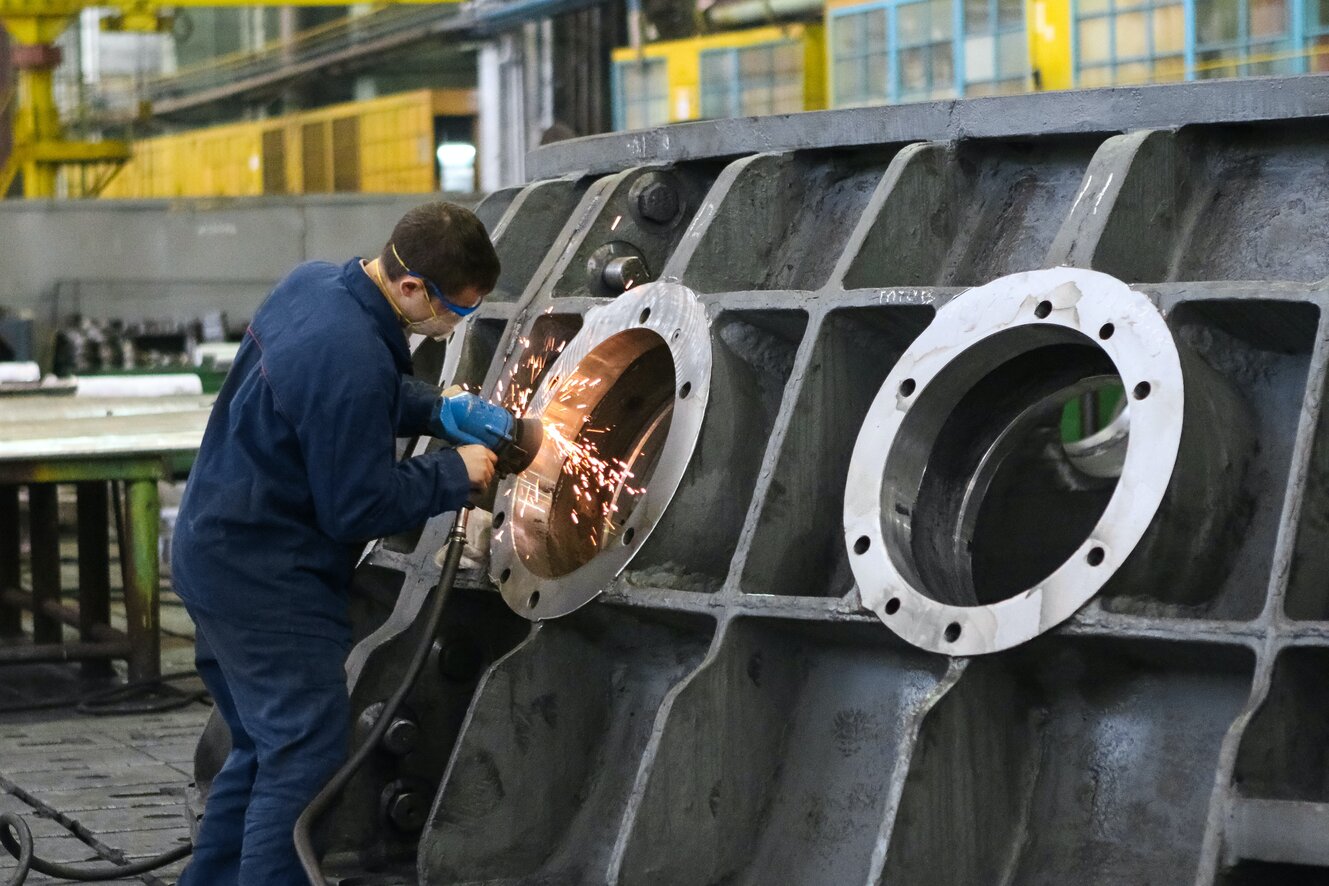
AI and ML words have become a buzz that crowded discussions throughout numerous industries in the fast-digital world. Other than presenting the benefits of integrating AI and ML with other technologies as well as their most common applications, this blog aims to define the key differences between these two domains in 2024. In this blog, we will also discuss the features and applications of machine learning development.
Evolution of Machine Learning Development in 2024

The recent couple of years have been outstanding for the field of machine learning and 2024 appears to be a key year in its history. The following are the top trends that will influence machine learning development.
1. Exponential Growth in Information Gathering
The availability of data will surge as a result of IoT devices and the development of data storage technologies. According to the predictions, by 2024 approximately 149 zettabytes of data will be created annually all around the world giving ML algorithms a significant amount of information they can use and acquire intelligent forecasting abilities.
2. Automated Machine Learning
As ML platforms continue to become friendly, non-technical people will also be able to use its functionalities. Automated machine learning (AutoML) technologies will simplify the development of ML models and reduce implementation time and effort.
3. Explainable AI
AI systems perform as ‘black boxes’ not allowing traceability of how they come to certain decisions. By 2024, organizations will be in a position to offer reasons for AI-based recommendations because of the enhancement of ML models’ transparency that would ensure moral and responsible decision-making.
4. ML’s Convergence with Other Technologies
ML will come together with other state-of-the-art technologies like Computer Vision and NLP to allow businesses a platform to utilize these combined powers for uses such as conversational chatbots, and driverless cars among others.
5. Collaborative Education
With the increasing importance of privacy issues, federated learning has become more popular. Using this approach, machine learning models can be trained using decentralized data sources without the need for shared information. In 2024, federated learning will get much more popular due to privacy and improving machine skills.
The Top 5 Distinctions Between AI and ML in 2024
Even though they are often employed in the same context, AI and ML differ in a few key ways. The top five distinctions between AI and ML in 2024 are as follows:
1. Scope and Intelligence
AI encompasses a broader domain focused on systems that can perform tasks without explicit programming. Nevertheless, ML is an approach within AI that does not possess the more advanced cognitive functions of AI but uses algorithms to identify patterns in data and predict.
2. Human-like Understanding
ML mostly focuses on pattern analysis and data-driven prediction, while AI attempts to imitate human intellect, including the ability to comprehend natural language and emotions.
3. Adaptability and Flexibility
AI systems are designed to be flexible and adaptive; they can pick up new skills and change course as necessary. While very successful in some sectors, machine learning methods are not as flexible.
4. Data Dependency
To make correct predictions, machine learning substantially depends on a lot of data. Even while AI systems need data to function, since they can generalize and infer information from a wider context, they can often do so with less data.
5. Complexity and Evolution
The evolution of AI calls for a more thorough and intricate methodology that incorporates heuristic algorithms, neural networks, and deep learning. Even with its complexity, machine learning research mostly focuses on choosing and optimizing algorithms according to certain tasks.
The Top 5 Advantages of Combining AI and ML in 2024
Although AI and machine learning development alone have unique qualities, combining the two can provide organizations access to significant new possibilities. The following are the top five advantages of ML and AI combined in 2024
1. Improved Accuracy and Predictability:
AI systems can provide extremely accurate predictions and suggestions by using machine learning algorithms that acquire knowledge from large volumes of data. This combination lowers human error and boosts efficiency in decision-making processes for enterprises.
2. Automated Decision-Making:
AI is capable of making deft judgments based on the insights that machine learning (ML) generates from the analysis of large, complicated data sets. Because of this, companies can automate decision-making procedures, saving time and money while guaranteeing consistent and ideal results.
3. Enhanced Customer Experiences
By combining machine learning development and AI, customers can get customized suggestions and experiences. Businesses can improve customer happiness and loyalty by providing highly targeted goods and services by analyzing past data, preferences, and behavior patterns of their customers.
4. Effective Fraud Detection and Risk Management
ML algorithms can recognize patterns of fraudulent activity, and when they are paired with AI, they can quickly recognize and address new risks. This potent combination reduces financial risks and fortifies enterprise security measures.
5. Streamlined Operations and Cost Savings
AI can automate tedious processes and workflows, while ML algorithms can analyze data and pinpoint opportunities for process improvement. Businesses can increase resource allocation, save expenses, and simplify operations by fusing machine learning with artificial intelligence.
Top 5 Differences Between AI and ML in 2024
Even while ML and AI have many similarities, they differ from one another in many ways. These five characteristics will set machine learning apart from artificial intelligence in 2024:
1. Pattern Recognition:
To provide precise predictions, machine learning is excellent at identifying intricate patterns and relationships in big datasets. Even while AI can recognize patterns, its primary concentration is on higher-order cognitive activities and understanding similar to that of humans.
2. Supervised vs. Unsupervised Learning
Supervised learning is one of the most common approaches to machine learning, where algorithms are trained using annotated data. In contrast, AI allows computers to learn with unannotated data by utilizing not only supervised learning but also unsupervised.
3. Reactive vs. Memory-based Systems
Machine learning development algorithms function reactively, which means that they don’t store the memory of previous encounters and instead analyze and react to current inputs. Conversely, artificial intelligence (AI) systems have memories and can draw knowledge from the past.
4. Issue Handling
In machine learning, an algorithm cannot self-diagnose or fix an issue. AI systems can recognize mistakes, diagnose them, and modify their behavior in the future.
5. Scope of Capability
ML is more task-specific and focuses on achieving high performance in a particular area. AI systems are more comprehensive, covering several disciplines and displaying a more universal intelligence.
Top 4 ML vs. AI Applications by 2024
By 2024, ML and AI technologies will be widely used in a variety of sectors, completely changing how firms run. Four significant uses for both technologies are as follows:
1. Healthcare
By allowing early illness identification, individualized treatment regimens, and health monitoring systems, ML and AI are revolutionizing the healthcare industry. Algorithms can help with difficult diagnoses, analyze medical imagery, and forecast how a condition will proceed.
2. Banking
By automating risk assessment, fraud detection, and portfolio management, ML and AI are transforming the banking sector. Algorithms are capable of producing personalized investment plans, analyzing financial data, and forecasting market movements.
3. Customer Service
Chatbots driven by AI and ML are improving customer service by instantly answering questions, fixing problems, and customizing advice. These virtual assistants are more cost-effective and capable of managing high client engagement volumes.
4. Manufacturing and Supply Chain
Supply chain management, downtime reduction, and maintenance demand prediction are all made possible by ML and AI. These technologies provide effective inventory management, demand forecasting, and predictive maintenance via the analysis of production and supply chain data.
Final Thoughts
However, as we envision the future ahead of us, this gap between machine learning and artificial intelligence is widening rapidly. Although AI attempts to replicate human thinking and judgment-making, ML involves predictions made using patterns or correlations from data. The real power, however, lies in their union. Integrated application of ML and AI, allows machine learning development company to reach unprecedented levels of accuracy, efficiency, and personalized experiences. The possibilities for progress and development in machine learning, artificial intelligence, etc. in 2014 are simply endless

Your go-to source for the latest in tech, finance, health, and entertainment, with a knack for distilling complex topics into accessible insights, We deliver timely updates on the ever-evolving landscapes of technology, finance, health, and entertainment








